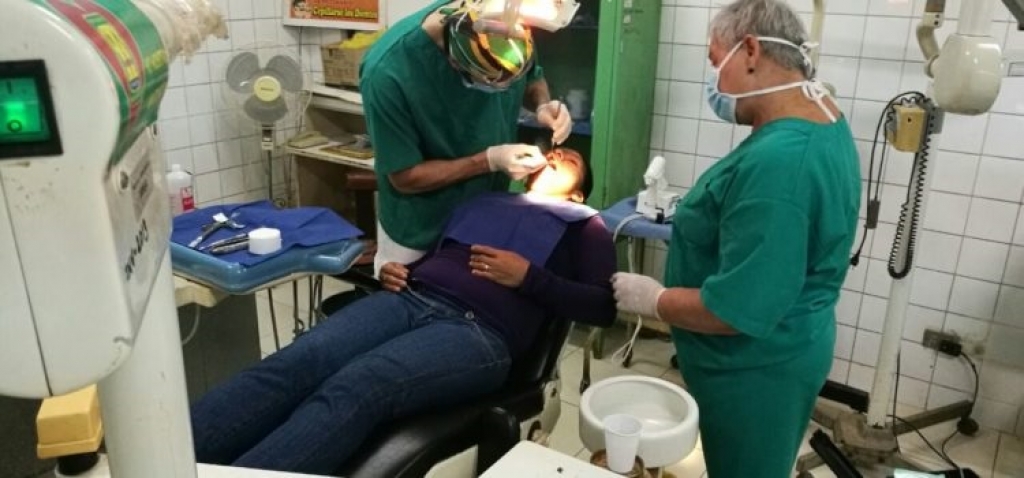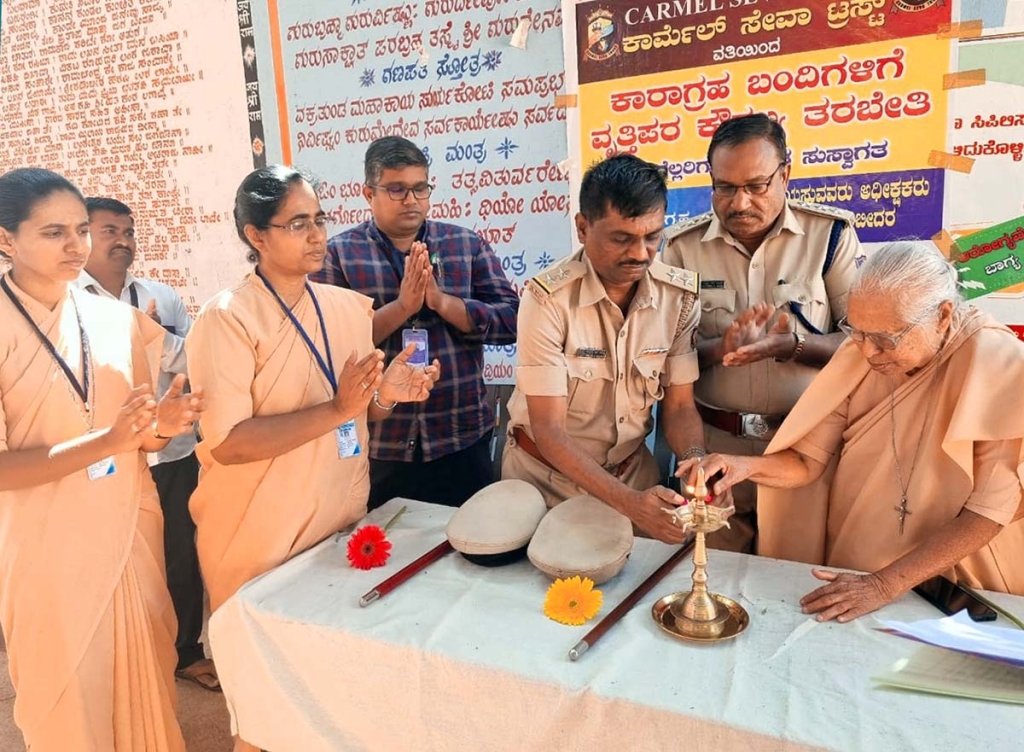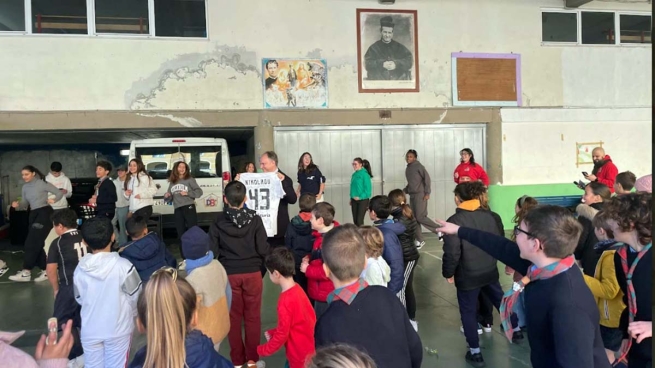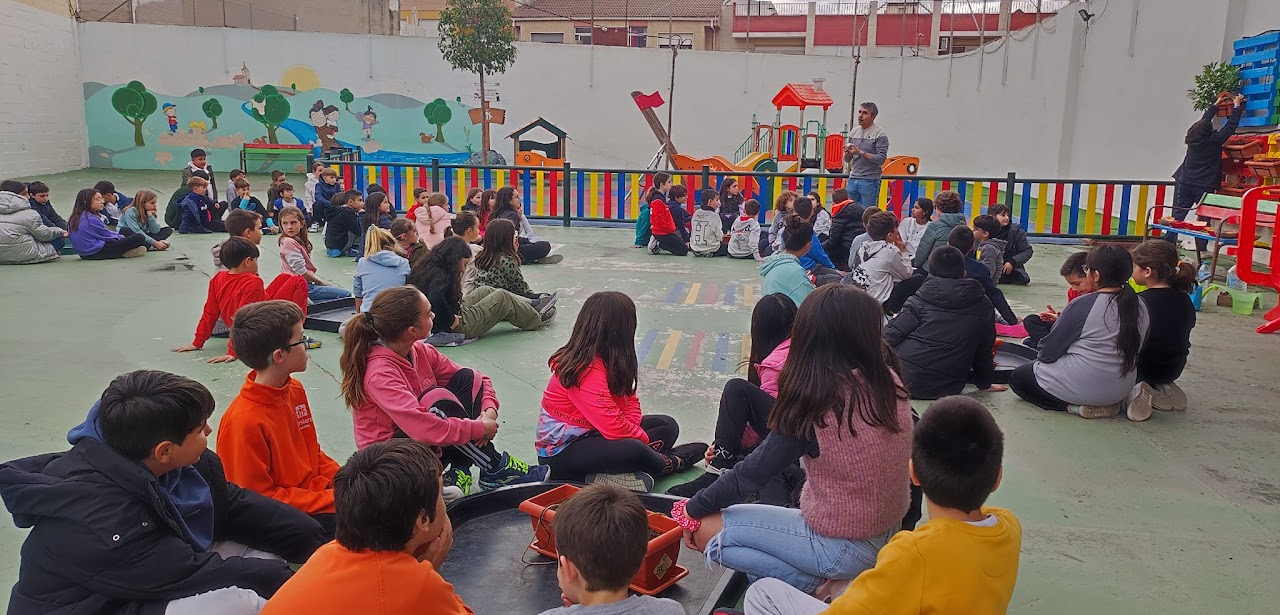PERU: Don Bosco Foundation offers free medical and dental clinic for poor youth and their families

(MissionNewswire) Salesian missionaries with the Don Bosco Foundation of Peru recently launched a free medical, surgical and dentistry clinic in the cities of Pucallpa and Ucayali in the Amazonian rainforest. The initiative was made possible by the support of ULYSSES, a humanitarian organization providing professional medical assistance, the Lions Club of Pucallpa, the Amazon Hospital of Yarinacocha, the Salesian Congregation of Peru, Stella Maris Clinic and the Food Bank.
Eighty surgeries were performed during the medical clinic and 35 children and young adults received free dental examinations. Dentists also provided free oral health education. During the presentations, students also received free toothbrushes and toothpaste. Since 2005, Salesian missionaries have been offering similar medical clinics in Peru to improve the quality of life for people.
Offering these free medical and dental clinics is nothing new to Salesian programs. Salesian missionaries offer more than 200 medical clinics and hospitals, mostly in rural areas, that handle a wide range of medical care needs. Leprosy, otherwise known as Hansen’s disease, has been a focus of Salesian-run medical clinics for more than 100 years. Salesian hospitals for people affected by leprosy and leprosy control programs can be found in Brazil, Colombia, India, Thailand, Macau and a number of nations in Africa. HIV/AIDS prevention programs are also a vital component of Salesian healthcare initiatives in Africa. In many countries with Salesian programs, additional dental and other necessary health services are offered.
“The health of the young people we serve is very important to us,” says Father Mark Hyde, executive director of Salesian Missions, the U.S. development arm of the Salesians of Don Bosco. “The work we do in Peru and in programs around the globe goes beyond education. We serve the whole person by making sure the basic needs of health and nutrition are met, in addition to other social service needs.”
Peru faces high levels of income inequality and has more than a quarter of its population living in poverty, according to the World Bank. Poverty levels are significantly higher in rural areas but urban areas struggle most with inequality, most notably metropolitan Lima. Poverty in the country is made worse by a shortage of productive farmland and a lack of job skills among women entering the workforce, as well as a lack of adequate housing, nutrition and education.
Peru has also been plagued by hunger and disaster. According to the World Bank, close to 25 percent of children in the country are chronically malnourished. Communities continue to rebuild after an 8.0 earthquake in August 2007 which killed more than 500 people in the central coastal cities of Chincha, Pisco and Ica and injured hundreds more. The quake destroyed close to 60,000 residential and commercial buildings, leveled hundreds of acres of farmland and left countless Peruvians without means of livelihood.
###
Sources:
ANS – Peru – Surgical and Dental Campaign in Pucallpa
World Bank – Peru
Photo courtesy INFOANS




